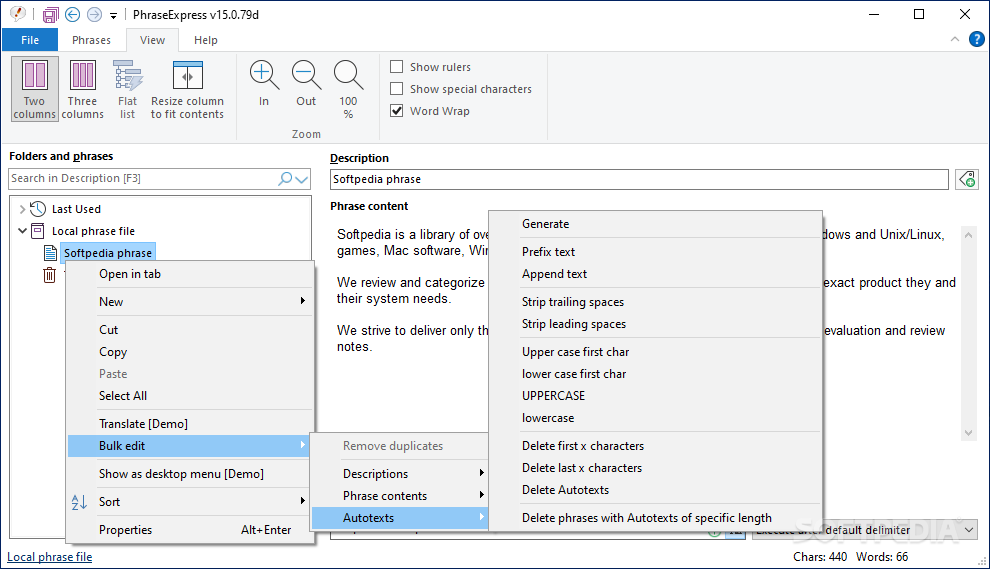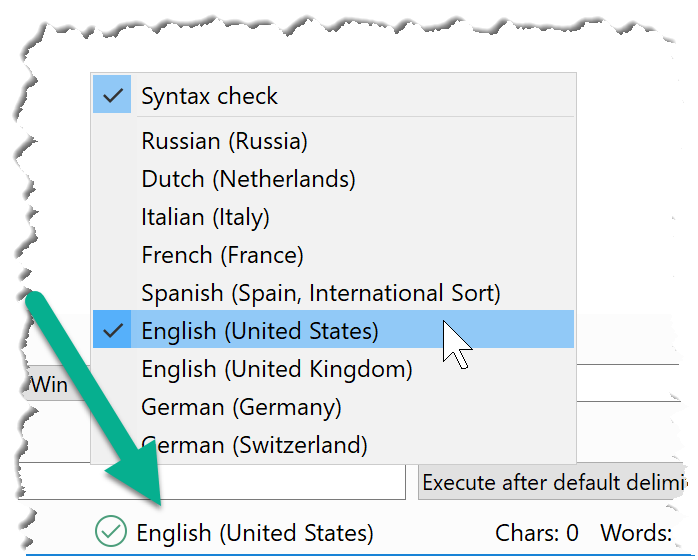
Methods: WSI technology was implemented in the Department of Pathology at the Ohio State University Wexner Medical Center (OSUWMC) for primary diagnostics and storage of digitized slides. In this paper, we outline the entire process of whole slide scanning and analysis by pathologists. WSI can advance the field of pathology in various ways such as increased level of collaboration between pathologists, enhanced diagnostic accuracy via artificial intelligence, and easier access to stored images. E-mail: īackground: Whole slide imaging (WSI) is a technology that allows a pathologist to visualize and analyze digitized slides. Large-Scale Implementation of Whole Slide Imaging for Primary Diagnostics in Anatomic PathologyġDepartment of Pathology, The Ohio State University, Columbus, Ohio, USA.

In addition, the unbiased algorithm utilized has the potential to discover new cell phenotypes as it operates unsupervised and unbiased from without user input.
#CERNER WORD PHRASEEXPRESS SOFTWARE#
Conclusion: The novel software algorithm utilized in this study demonstrates the potential for automated phenotyping of high parameter data in cancer research. The variable expression of phenotypes in healthy versus normal tissue and in tumor versus stroma is easily depicted in the analyzed images, tSNE plots, and phenotypic contribution charts. Results: The results of this study demonstrate that the unsupervised clustering and classification method employed had excellent accuracy and precision in defining cell phenotypes within both IMC and fluorescent images. In addition, dimensional reduction using t-SNE plots was applied in order to observe phenotypic differences in healthy versus diseased tissue and in tumor versus stromal tissue compartments. This project utilizes a novel software algorithm to cluster and reclassify individual cellular objects found in both fluorescence and IMC samples in a fully unsupervised manner. Methods: Manually phenotyping cells can be an arduous and biased task. The increase in phenotypic specificity and sensitivity has great potential to better decoding the TME and more accurately understand a patient's prognosis and enabling precision medicine based treatments. This allows for the discrimination of many more cell phenotypes that can be observed within the TME. Typical immunostaining labels between 1-5 specific biomarkers on any tissue section however, recent advances in fluorescence unmixing and imaging mass cytometry (IMC) have substantially increased the number of biomarkers that can be identified simultaneously.

Therefore, the ability to accurately identify and classify cellular phenotypes in the TME is of growing importance to the overall understanding of cancer and disease progression. More importantly, the presence or absence of certain cell phenotypes in the TME can be an indicator of the method of immunosuppression/immuno- activation within the TME. The phenotype of these cells are complex requiring the presence of several distinct biomarkers. The tumor micro- environment (TME) is home to a large diversity of cell types that are identified by their biomarker signature.


E-mail: īackground: Understanding the immune response to tumors has proven to be beneficial in the assessment of patient prognosis and selection for targeted immunotherapies. Available from: Ī Novel Method for High Parameter Multiplex Phenotyping and Analysis of the Tumor Micro-EnvironmentġVisiopharm A/S, Hørsholm, Denmark.


 0 kommentar(er)
0 kommentar(er)
